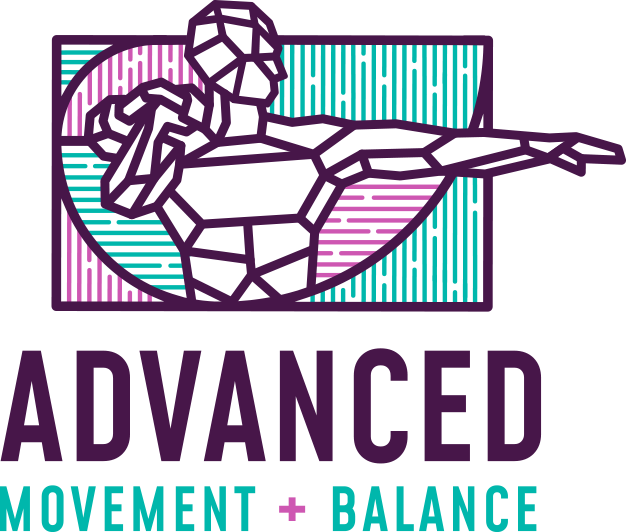The Importance of Movement
Movement is something we often take for granted. We think, “This shoulder injury will get better,” or “I’ll just stop bending my back because it hurts.” Even though the pain may subside, we’re often left with limited overhead reach or a rigid back. It might seem manageable, but our bodies never forget, and they keep score.
Hidden Compensations
These compensatory patterns link up, creating a lasting picture of your injury journey. And guess what? We can uncover it through movement screens. As physical therapists, we are movement specialists, and we’re lucky enough to be able to identify these hidden, old injuries by using these screens consistently.
The Power of Movement Screens
Movement screens are one of the most valuable tools in assessing and improving your body’s function. Often overlooked, they allow us to catch underlying issues that may not be immediately obvious, helping to prevent injuries and enhance overall performance.
Adaptability That Works Against You
Our bodies are incredibly adaptive, but sometimes, this adaptability works against us. Even a small change in posture or a compensatory movement due to pain can create imbalances that accumulate over time.
Silent Killers of Natural Movement
These compensatory patterns are the silent killers of natural movement. Once these incorrect movement patterns take hold, they become your new normal, limiting your performance. This is where a movement screen comes in. It helps identify those subtle shifts in how your body moves, allowing us to address them before they turn into bigger issues.
Identifying Underlying Issues
For physical therapists, movement screens are essential for understanding how the body is functioning as a whole. They allow us to identify areas of weakness, stiffness, or instability that may manifest elsewhere in the body. For example, poor shoulder stability could lead to low back or hip pain, and vice versa. By identifying these patterns early, we can intervene more effectively and guide you toward better movement mechanics.
A Proactive Approach to Health
The best part? Movement screens can be done at any stage of treatment—before, during, and after a session. Whether you’re rehabilitating from an injury or looking to improve your mobility, these screens ensure that the exercises and interventions we use are making a real difference.
By incorporating movement screens into your routine, you empower yourself to take control of your health and prevent future injuries. It’s all about being proactive rather than reactive. Your body deserves it!
Discover how Julie DiPaolo screens her clients to identify the root cause of their pain: YouTube Movement Screen





